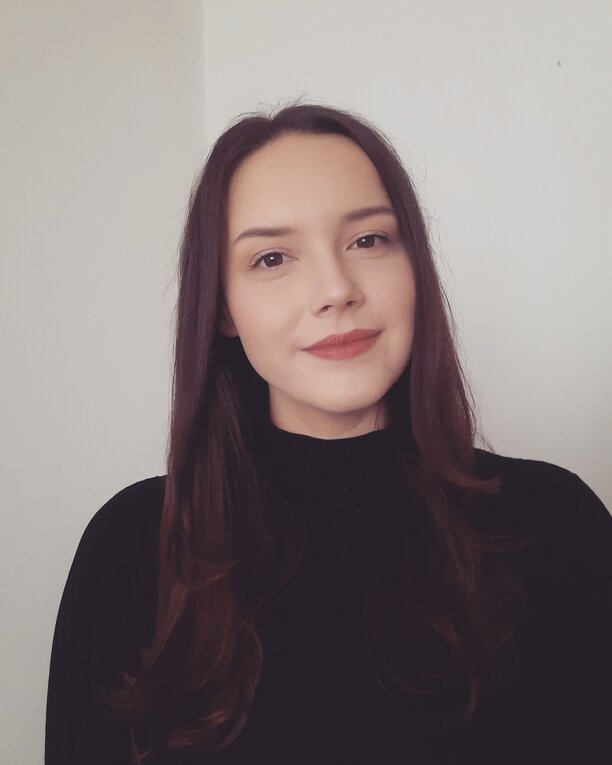You know that feeling of confusion and disorder when you’re juggling multiple projects? How about constantly being concerned about staying up to date with all your ongoing projects?
Luckily, there’s a solution to your problems — what you need is a carefully crafted project management workflow.
No matter the size or complexity of your projects, a reliable workflow is often essential to their success, as well as to your peace of mind.
Today, we’re going to help you learn more about this topic and build an efficient workflow to use with your own projects.
Let’s get started!

In this article:
What is a project management workflow?
A project management workflow is the order in which we complete various project activities.
Namely, to accomplish our goal — a (hopefully successfully) finished project — we have to organize tasks and activities into a meaningful, and most importantly, efficient sequence.
Keep in mind that the more effort you put into building your project management workflow now, the less of a chance it’ll jeopardize the success of your project later.

We could say that every process boils down to the 3 basic components of a project management workflow:
- Input — all the resources needed to either complete a step in the workflow process or trigger it,
- Transformation — everything that happens once the input is received and all the changes (or rather transformations) it leads to, and
- Output — the result of transformation.
So, let’s see how that would look in practice.
Imagine that an employee wants some time off. They have to submit the request first [input].
The HR team processes this request, ensuring all the regulations are met [transformation].
Finally, the process concludes with the employee getting approval for their vacation [output].
Build your project management workflow with Plaky
Project management vs workflow management
Although project management and workflow management are sometimes used interchangeably because of their similarities, they are distinct concepts.
Consider both their similarities and differences in the table below.
| Project management vs workflow management | |
|---|---|
| Similarities | Differences |
| – Both are used to simplify processes that will help us achieve certain outcomes, i.e., goals of various sizes and complexities. – Both are used to improve organization and collaboration within teams and, in general, our businesses. Both can be used simultaneously. In some cases, a single project can be the deliverable of a larger workflow. At the same time, that same project has its own workflow. | – Workflow management is a more detailed part of project management. – Workflows are replicable, whereas projects are not. – Progress is sequential in workflows (each next task depends on the previous one), but in projects, it doesn’t have to be. Projects can also have non-consecutive progress by consisting of tasks that don’t have to be triggered to be put into motion. |
💡 Plaky Pro Tip
Discover the best workflow management software in our article on this topic:
How to create a project management workflow in 5 steps
Now that you know what a project management workflow is, let’s see how you could create a workflow for your project.
#1 Note every task or job needed to get the project finished
The first step to making the workflow is to list everything you have to do to bring the project to a successful close. Every bit of information here counts, so make your task list as detailed as you want.
At the start, you can just brainstorm and put down every task that pops into your mind. However, remember to analyze the list with your team and index the tasks chronologically.
To ensure you don’t miss anything, consider all the deliverables of the project as well. By knowing what your expected output is, you will have an easier time figuring out which steps will guide you to it.

#2 Consider and gather materials and resources
In general, the second step involves gathering everything you will need to ensure the project is a total success. The resources can include both tools and people.
When it comes to tools, you can list all the devices, software, office supplies, and anything else that will come in handy while working on the project.
As for the people, consider who would be an ideal addition to the project and how they could contribute.
As you move on to the next step, you will link different roles with different tasks or jobs. While you’re here, though, try to identify any deficiencies in regard to tools and people you may need and obtain them as soon as you can.
#3 Delegate tasks and activities
Now it’s time to assign all those tasks you previously listed to the people responsible for them. However, consider here what kind of workflow you’re looking to create.
If you want this workflow to be applicable to a variety of similar projects, don’t be too specific here. In other words, don’t assign tasks to specific people but rather specific roles, such as Graphic Designers, Test Automation Engineers, Frontend Developers, etc.
That said, if you want this workflow to work for a one-time project, feel free to assign specific people to different tasks.
Make sure to distribute the work fairly and evenly, though — don’t make one person do more than the others.
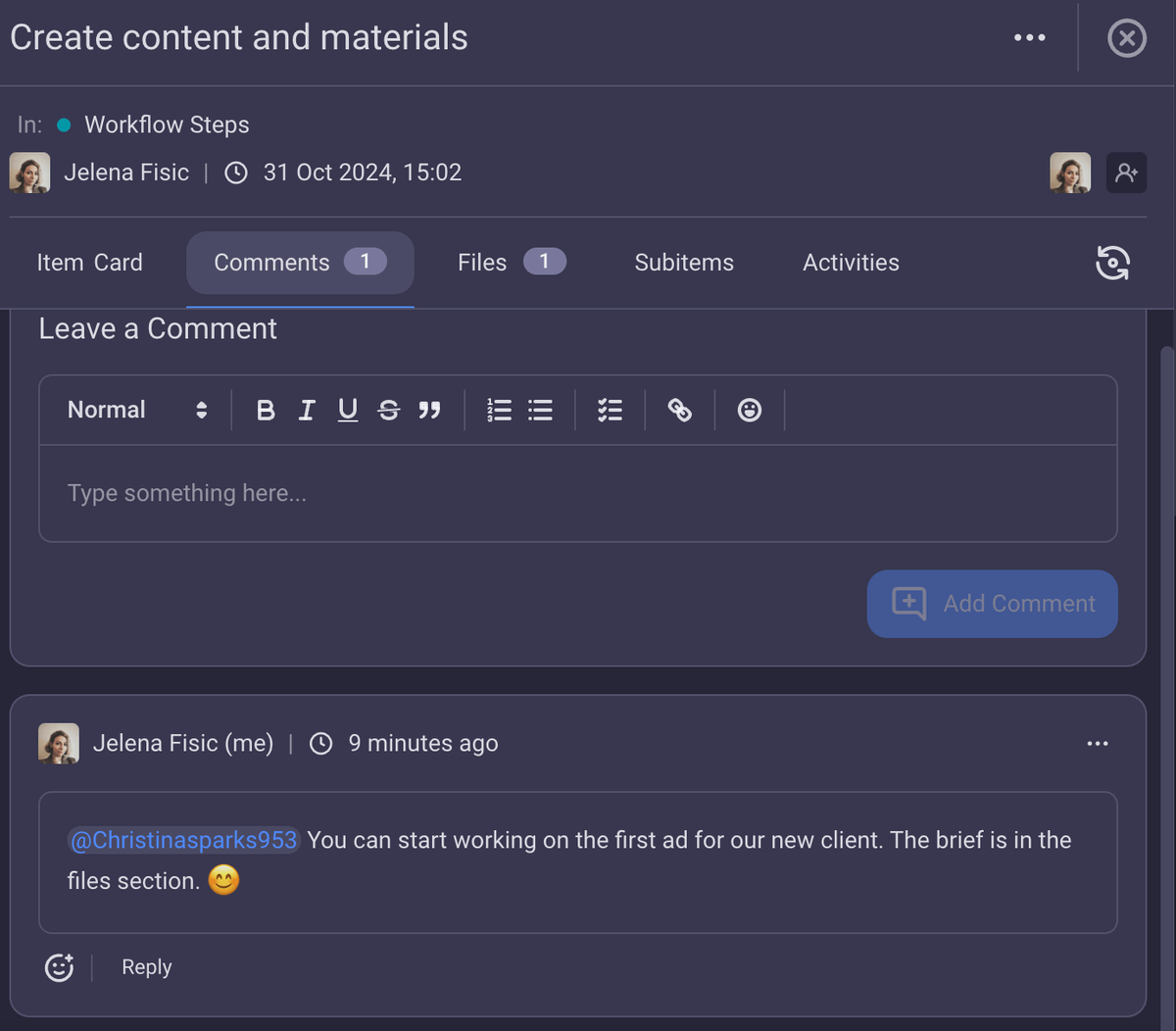
💡 Plaky Pro Tip
If you need help with workforce capacity planning, read our article on this topic:
#4 Create a project management workflow diagram
Drawing a project management workflow diagram is a fantastic way to visually represent everything you need to do for a specific project.
Most importantly, the diagram shows in which order you have to complete the tasks. Better yet, it can depict how the tasks intertwine, i.e., show the task dependencies, project phases, and milestones.
There are many types of diagrams you can go for, though the most commonly used one is a flowchart. Here’s an example of such a diagram that shows an employee onboarding process:
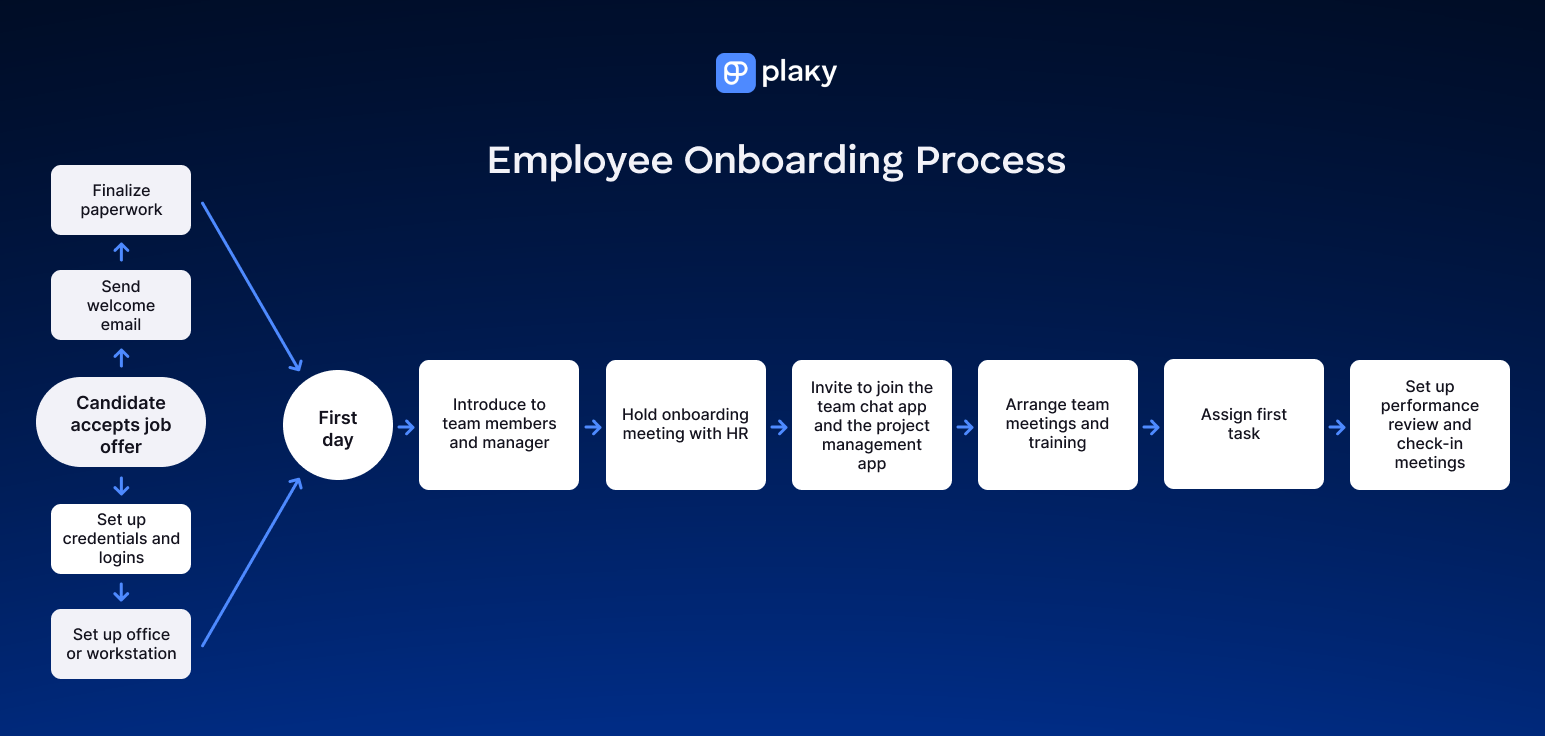
When you’re ready to take your workflow to the next level, bring it to life using project management software. Plaky, for example, comes equipped with all the tools you need to create detailed workflows for any type of project you have in mind.
Even better, you can use Plaky’s ready-made (but customizable) templates for your projects. Here’s one for employee onboarding:

Get our employee onboarding template
💡 Plaky Pro Tip
Are you looking to enhance your employee onboarding program? Here’s a guide on how to improve and streamline the whole process:
#5 Test, modify, and deploy the workflow
Once your project workflow is all done, you can test it before applying it to your project.
Go through the whole workflow and look for inconsistencies, bottlenecks, and insufficiencies — anything that could jeopardize the project later on.
Try to involve the whole project team in this process, as they may be able to spot some other potential problems that you might have missed.
Use their feedback to further optimize the workflow before deploying it — and to improve it once the project is already underway.
How to fix a broken project management workflow
You have followed all the steps above, but your project management workflow still isn’t top-notch? It happens.
A broken workflow might not always bring your project to a halt, but it may negatively affect your productivity.
Some of the signs that your project management workflow is broken include:
- Shoddy estimates and missed deadlines,
- Poorly defined project goals and objectives,
- Poor communication,
- Roadblocks that keep popping up, and
- Additional work needed to meet the constantly changing requirements.
However, there is a remedy. We recommend following these 4 steps to ensure you don’t miss anything while fixing your broken workflow:
- Communicate with your team and try to understand your workflow better.
- Analyze the faults in your workflow.
- Make improvements — and be ruthless.
- Maintain and optimize your workflow over time.
#1 Communicate with your team and try to understand your workflow better
Go through the workflow with your team and consider how well you understand it. Detail all the tasks and activities, how you approach them, what they entail, and how they influence the project.
According to an expert we reached out to, Randi Mays, a Project Development Manager at Oii.ai, communication is vital for fixing workflow faults:
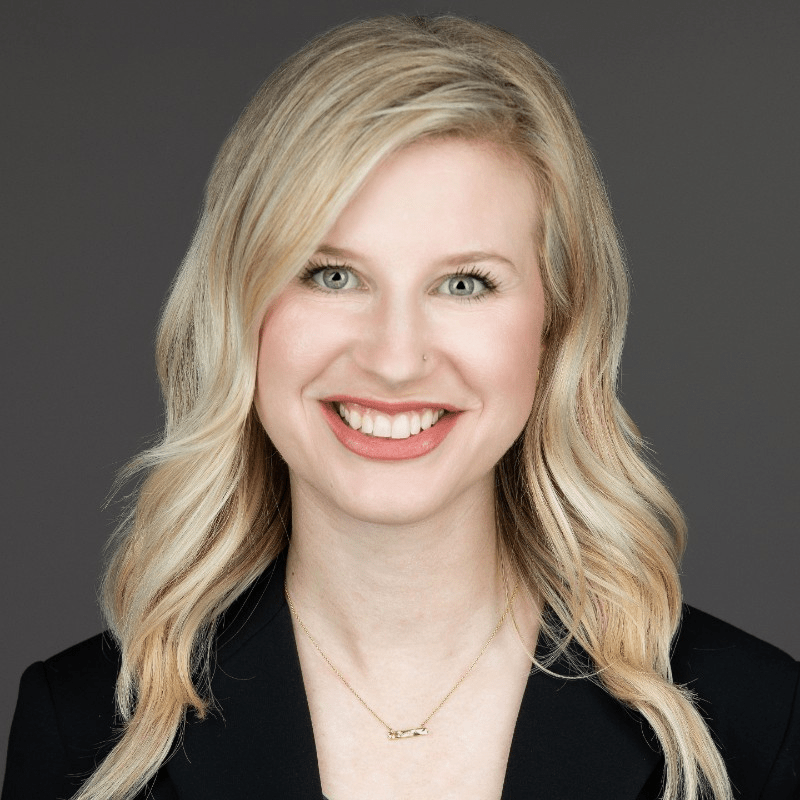
“Communication and documentation are keys to fixing a broken workflow. Collaborate with your team, don’t try to do everything on your own. Make it clear that team members need to check in and be transparent about their progress. If they are encountering roadblocks and have not communicated their concerns, the issues could start affecting other areas of the project.”
Remember that your workflow shouldn’t be a mix of impromptu activities. To provide the results you want, it should be a precise framework your whole team can rely on.
#2 Analyze the faults in your workflow
Once you know all the minute details about your workflow, assess how well it’s working for you. Are there any shortcomings you’ve failed to notice, or is it haunted by redundancies?
Our contributor Molly Beran, PMP-certified president and founder of Projects By Molly, LLC, told us that fixing a broken PM workflow is never a one-size-fits-all solution.

“Diagnosing the problem is probably the hardest part. For example, if a project is running late, it could be that the project manager is not following their systems/process to manage deadlines appropriately. But it could also be due to a resource shortage or a technical issue. Figuring out the true source of a delay or other problem is the necessary first step in figuring out how to fix a broken workflow.”
The workflow’s purpose is to improve efficiency and make the work easier, not harder. Therefore, it should be simple enough to understand and use.
Above all, there shouldn’t be any confusion throughout the workflow — everyone using it should know exactly how it works.
#3 Make improvements — and be ruthless
No matter how attached you are to your workflow, remember that improving it is not a one-off thing. You may have to go through this process a few more times in the future, e.g., if the type of projects you cover changes.
Either way, it’s vital to get used to changes now and go through them as objectively as possible. Whatever doesn’t suit you in the workflow or doesn’t help you manage successful projects — has to go.
#4 Maintain and optimize your workflow over time
Finally, you should keep a close eye on your project workflow at all times to ensure you don’t miss any shortcomings.
As you get important updates about the project, check whether and how they affect your workflow — and if you should optimize it further.
Randi Mays emphasizes the importance of keeping your team motivated throughout the project’s lifespan:

“Monitor the project’s progress, assess risks, and be sure that team members feel motivated. Highlight milestones as they are met, [and] make sure they know their work is acknowledged and appreciated. This will keep the workflow moving forward.”
3 free project management workflow templates
Since Plaky is free to use, you’re more than welcome to include it in your tools repertoire today.
If you’re not sure where to start when building your project workflow, you can use another one of Plaky’s free templates.
Strategy plan template
Plaky can help you take your marketing strategy from just an idea to a fully detailed plan. The strategy plan template is ideal for:
- Dissecting your strategy into phases and tasks,
- Tracking the strategy’s progress, and
- Keeping the team in the loop by sharing information in the task cards.
Get our strategy plan template

New client onboarding template
Onboarding new clients is a delicate process, but Plaky’s client onboarding template ensures you’ve got all the vital information you need in one spot. This ready-to-use template allows you to:
- Centralize your client onboarding workflow,
- Follow up on the onboarding progress of different clients throughout the entire process, and
- Have quick access to any pertinent information about the clients at all times.
Get our client onboarding template

Non-profit campaign template
Non-profit campaigns require extensive planning, so Plaky’s non-profit campaign template ought to come in handy. With it, organizations can:
- Structure their campaigns according to phases and tasks,
- Assign tasks, set deadlines, and track task statuses, as well as
- Quickly share campaign information, files, and other data with everyone involved.
Get our non-profit campaign template

You can find more free templates in Plaky’s template center.
Benefits of a project management workflow
Establishing and maintaining a project management workflow comes with many advantages, the most important being:
- Better and more transparent collaboration and communication,
- Higher level of accountability and productivity,
- Reduced risks, mistakes, and redundancies,
- Less stress and micromanagement, and
- More effective time management.
#1 Better and more transparent collaboration and communication
A good workflow provides us with a better understanding of the whole project. It shows us in detail how it transforms from a simple idea into a product, service, or some other deliverable.
As a result, it helps us collaborate with our peers more effectively and without delays or confusion, as well as build stronger project teams.
Better yet, it allows for a higher level of communication across teams and even departments. For instance, with a detailed project workflow, we would know immediately where to go and who to talk to if we needed any help or had to communicate project changes.
💡 Plaky Pro Tip
Wondering how to improve communication across all your projects? Check out this blog post to find out more about the importance of communication and how to effectively communicate in project management.
#2 More accountability and productivity
With a well-thought-out project workflow, you remove the guesswork at the task level throughout the course of the project.
All team members are assigned clear project roles and tasks, so there is a higher level of accountability.
The workflow also serves as a map for everything that needs to be done before the due date. It can even be a reference at any stage of the project.
Apart from helping your team avoid confusion, this accountability directly leads to higher productivity. When everyone knows what they should be doing, it’s easier to get things done within a project deadline — and with more confidence.
Boost your team’s productivity with Plaky
#3 Reduced risks and redundancies
Since a project workflow visually shows the project’s life cycle, it’s useful for spotting different project risks and mistakes that could jeopardize the entire undertaking.
Naturally, this could influence the overall project costs in the end, and even our future endeavors. Any mistakes made throughout the project could:
- Delay it, and cost us more money, or
- Ruin it, and cost us future work.
Randi Mays highlights how a project management workflow helps keep the project budget in check:

“The number one advantage of a project management workflow is making sure a project stays within scope and budget. We all know the challenges and constraints budgets pose, so managing expectations with clients at the beginning will better guide teams on both sides.”
Better yet, a good project workflow should also have a positive influence on redundancies, or rather, a lack of them.
As its implementation ensures everyone knows what to do — and is aware of the scope of their work — there is less of a chance of task overlap and people doing unnecessary work.
💡 Plaky Pro Tip
What is the purpose of risk management, and how do you implement its practices into a project? Check out this blog post to learn more about this topic.
#4 Less stress and micromanagement
A well-crafted project management workflow can also help remove anxiety and stress from project execution.
Namely, the workflow clearly outlines what needs to be done, helps project coordination, and guides the team every step of the way. That way, it makes stress a rare occurrence and promotes support and confidence.
Also, with a detailed workflow and guidelines, there’s no need for micromanagement.
Instead, a great project workflow allows project managers to focus their attention on more pertinent issues and put more trust in their teams.
#5 More effective time management
Finally, a detailed project management workflow allows you to better manage your time, once you get the hang of the system that suits you best and start applying it to all your projects.
That’s what Molly Beran remarked when we asked her what the benefits of project management workflow are:

“Project managers are by nature masters of creating task lists, following up on status, and checking things off the list. So, in a sense, following a PM workflow is project managing your project management. It saves a lot of time to have a standard workflow or way of developing and managing projects, and once you create your own systems, it’s generally easy to reuse them from project to project.
This is how project managers become increasingly efficient at what they do (and increasingly successful — repeating a process that works time and time again is a surefire way to create successful outcomes).”
In a way, establishing an efficient project workflow is like having a foolproof recipe for streamlining your projects.

Best practices for using project management workflows
A perfect project management workflow doesn’t just happen. You have to make an effort if you want to tweak it to perfection.
Here are a few useful tips to keep in mind while building an ideal workflow for you.
Create a universal workflow plan that you can reuse
First things first — you need an infallible workflow plan to have a clear picture of what needs to be done and when.
Don’t forget to include the resources you need and clearly state the roles and responsibilities of each teammate. You can even use a project management template to get you started.
To even further expedite your work, make a universal workflow plan that you can adjust for future projects. Molly Beran suggests figuring out what works best for you, your team, and your organization, and then sticking to it:

“You may need to deviate now and again depending on the project in question, but once you establish a good set of tools (like a risk register or communications plan), there is no need to start from scratch on your next project. Always re-use whatever you can from project to project, and then you will continually build on your own success.”
Practice clear communication
We already mentioned how important transparent communication is, but it wouldn’t hurt to remind you of its significance for an impeccable project workflow.
Among other things, this means you need to keep your teammates and stakeholders updated regularly. Also, when a challenge arises, discuss it with everyone involved in the project and work together toward a solution.
It helps if you establish what communication channels you will use for what specific purpose. For instance, you can keep everyday communication regarding the project’s progress in the comments section in Plaky, and use email only for formal project updates.
Continuously assess your project management workflow
Don’t shy away from getting feedback from your stakeholders. There’s usually always room for improvement, so stay vigilant.
When needed, make adjustments to your workflow and help your colleagues be more efficient in their tasks. Keep in mind, though, that you regularly need to update your team whenever any change happens.
Implement a workflow management tool
To further streamline your projects, workflow management software comes in handy. If you wisely choose your tool, it can help you:
- Manage your tasks and projects,
- Create your own workflows, suited to your needs, and even
- Communicate and collaborate with your teammates.
However, with so many project management tools in the market, choosing the right one becomes a whole ordeal.
Don’t worry, though — we’ve got your back. Read on!
Create an effective PM workflow in Plaky
The easiest way to make sure your project workflow is up to standard is to rely on project management software. Luckily, with tools like Plaky, you can build a workflow system that truly works for the projects you regularly deal with.
Plaky combines different aspects of managing a workflow, helping you:
- Manage your workload with ease,
- Communicate with your teammates in real time,
- Track the project’s progress at a glance,
- Identify and solve bottlenecks fast, and
- Visually represent tasks in a way that makes the most sense to YOU.
The final result is that you won’t need to bother switching back and forth from one app to another — a huge time-saver!

Plaky is also a reliable place for handling all the tasks found in the project workflow, as well as for internal communication with your team. It eliminates the need for an additional messaging app, as it allows you to collaborate within the comments section.
Moreover, Plaky integrates with Clockify for all your time tracking needs. Again, no need to juggle between different apps.
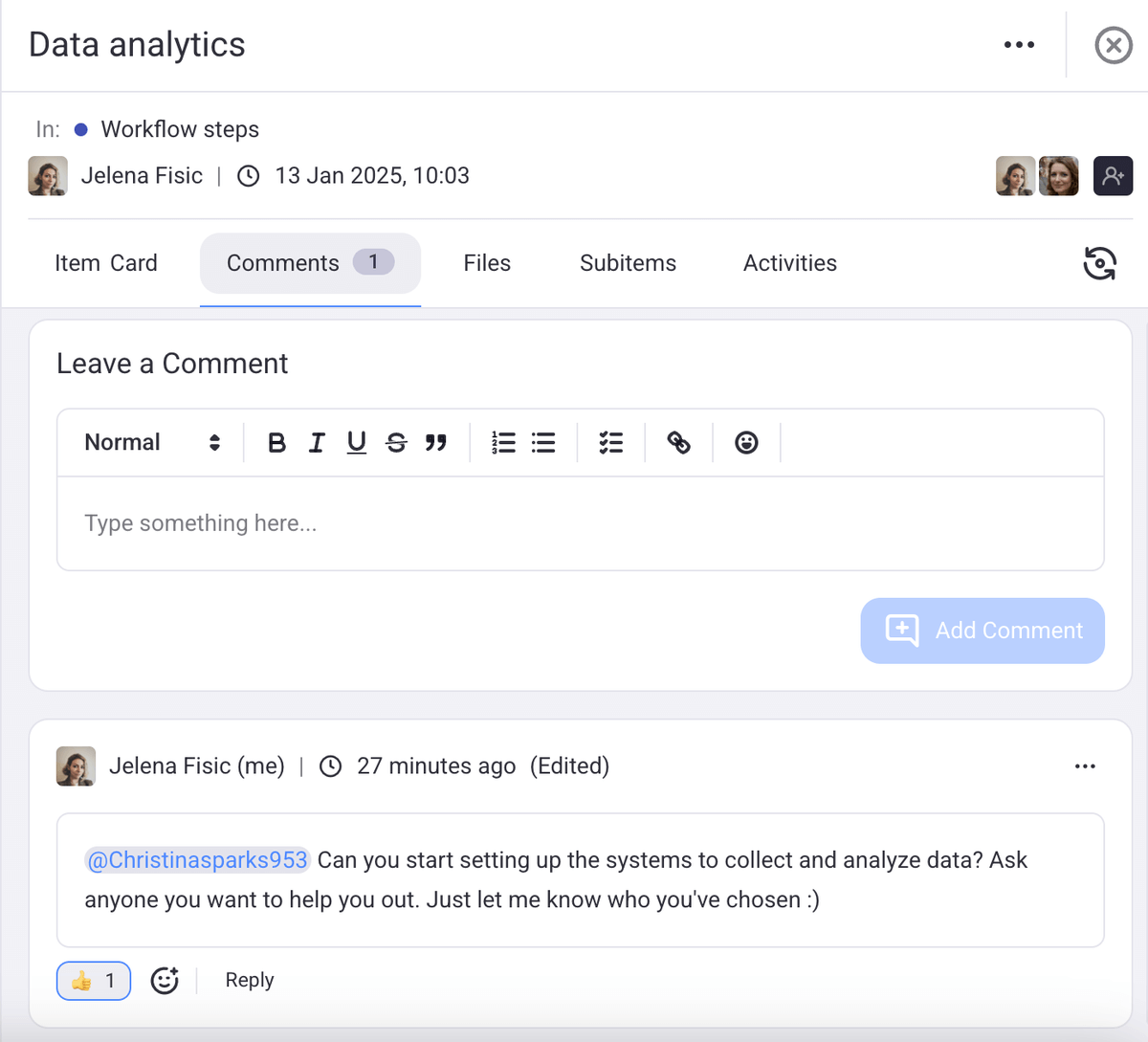
For a workflow to be effective, you also need to track the progress to reduce any lags and identify bottlenecks before they become a big issue. Luckily, Plaky’s summary row feature provides you with summarized data from specific fields.

What’s more, for a clearer visual overview of your project’s progress, you can configure Plaky’s status fields. Feel free to add and edit labels to suit your specific needs.
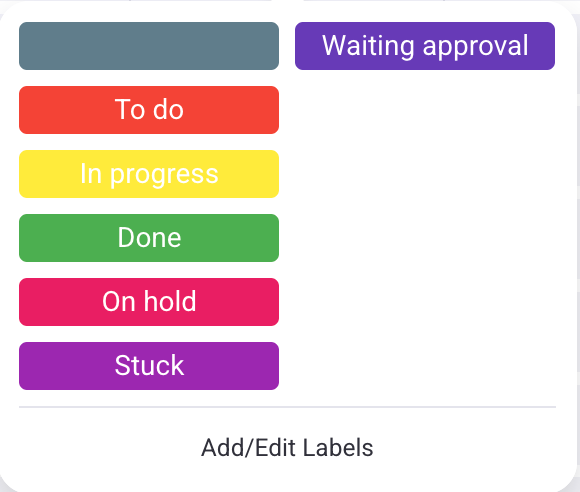
And the best part?
Taking care of your project management workflow has never been easier, nor — may I add — more affordable. Aside from the free plan, Plaky offers a few premium paid plans.
What’s more, Plaky is a part of the CAKE.com Bundle, which gives you access to 3 tools at a special price (save 53%!):
- Clockify — for convenient time tracking,
- Pumble — for impeccable team communication, and
- Plaky — for effective project management.
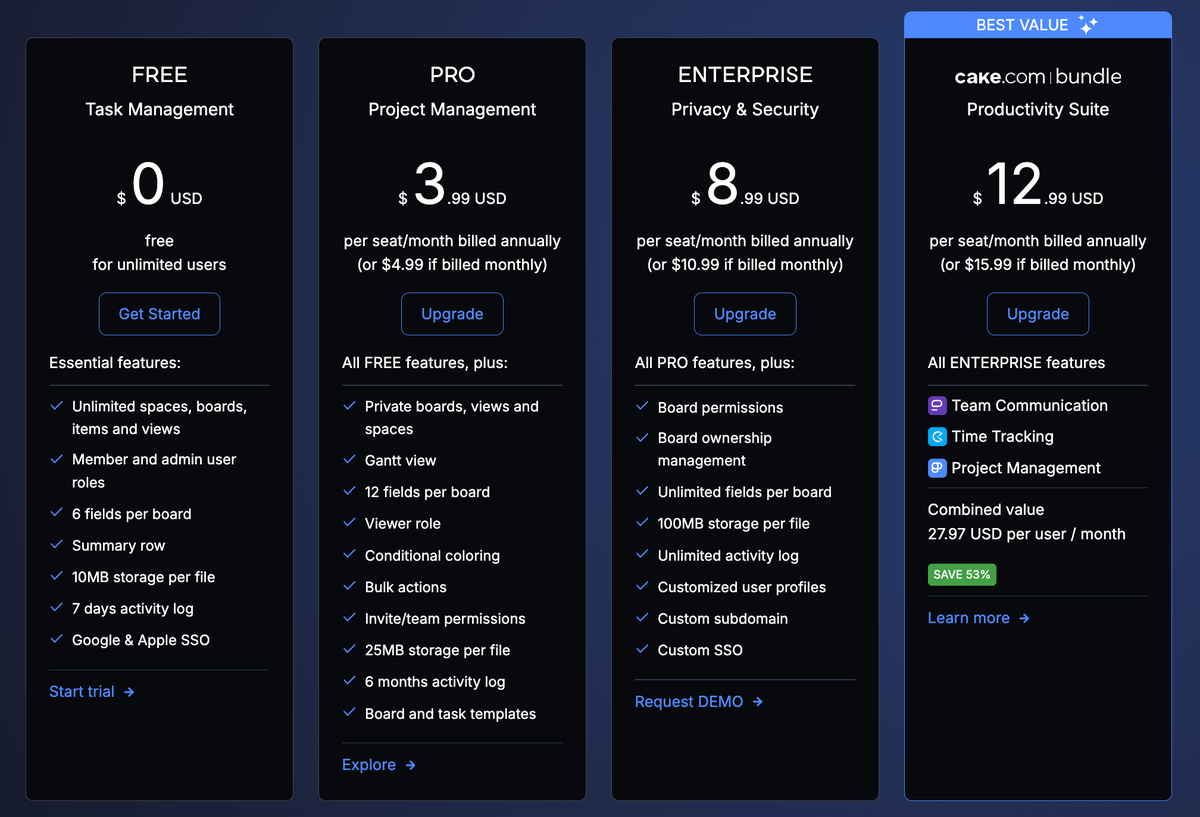
What are you waiting for? Start building your perfect project management workflow with Plaky today!

